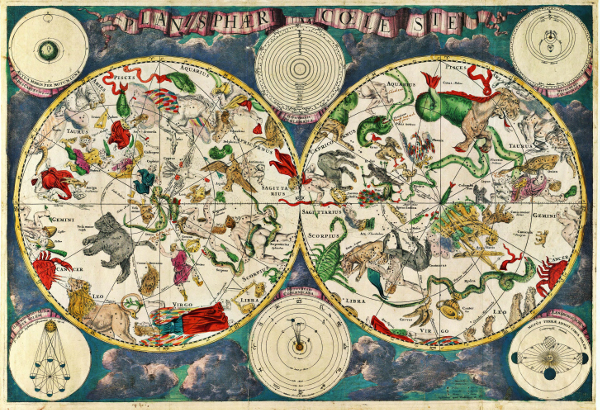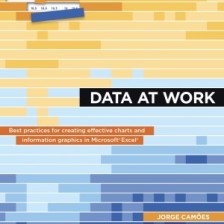
We can marvel at the brain’s sheer processing power, but the way it manages (and often disguises) its finite resources is even more fascinating. Managing means allocating resources, defining priorities and goals, simplifying processes selecting the right information to support decision-making, and getting results. The brain performs these functions to interpret ambiguities and environmental complexities.
Data visualization uses the image processing connection between the eyes and the brain. We must understand the basics of how this system works in order to optimize our visual representations and conserve precious brain resources. That’s the goal for Chapter 2.
Corrections & Suggestions
None so far.
Files
- (XLSM) Workbook for Chapter 2.
Additional Resources
- Figure 2.6. Cascais, Portugal.
- Figure 2.7. State Tretyakov Gallery.
- Figure 2.8. You can see the actual record of the saccadic movements in this image.
- (PDF) Cleveland, William S. and Robert McGill. “Graphical Perception: Theory, Experimentation, and Application to the Development of Graphical Methods.” Journal of the American Statistical Association, Vol. 79, No. 387: 531–554, 1984.
- (Video) Hans Rosling: The best stats you’ve ever seen, TED 2006
- Lena Groeger: How Information Graphics Reveal Your Brain’s Blind Spots
- Kennedy Elliott: 39 studies about human perception in 30 minutes

Mr. Camoes,
I am greatly enjoying your book, especially your eclectic examples.
I would offer a slight demur to your statement on p. 25 that humans have a tremendous advantage over all other species in being able to build and use tools. We are not the only species that does that: https://en.wikipedia.org/wiki/Tool_use_by_animals. Possibly we are much, much better at it, but we are not alone in the ability.
Respectfully,
David